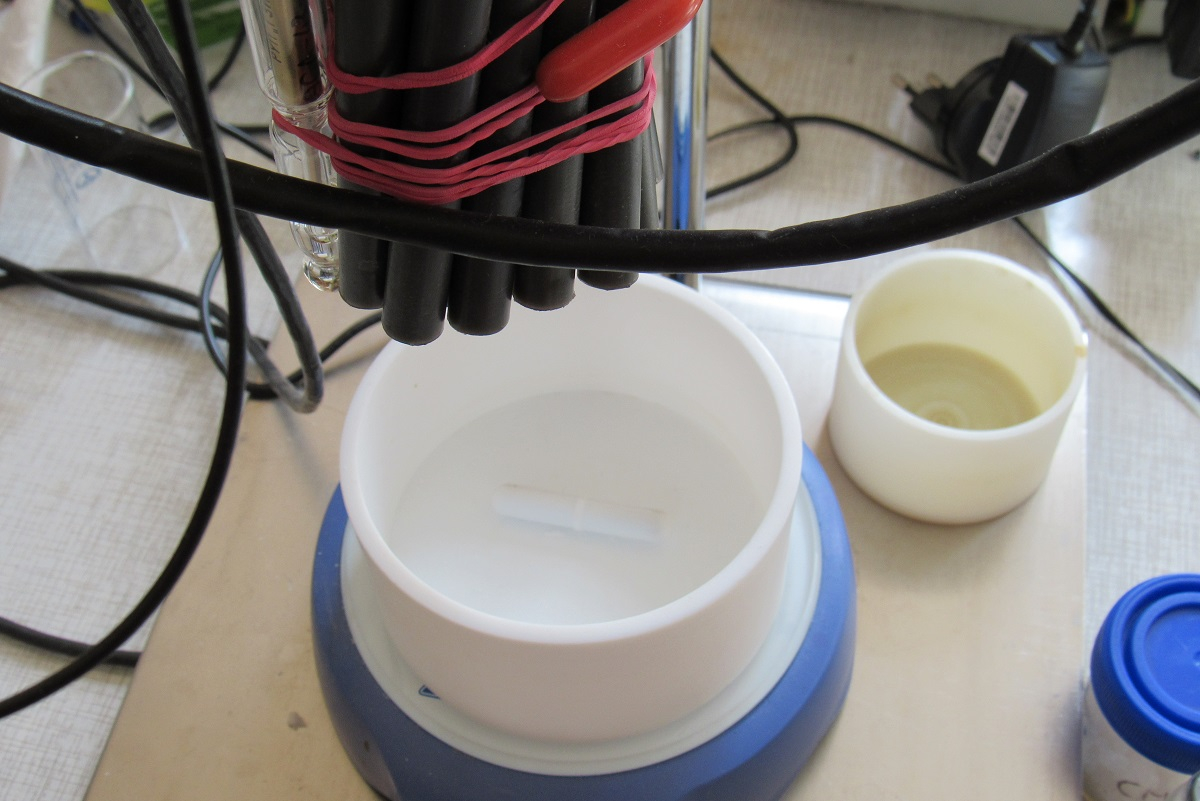On the tip of a tongue: How to test taste and toxicity of drugs
The study is part of the project “Artificial sensory system to identify the quality and taste of pharmaceutical drugs” that is supported by SPbU’s grant.
The study is published in a number of journals, including Talanta, Sensors and Actuators B: Chemical, and Journal of Pharmaceutical and Biomedical Analysis.
The device is a set of sensors that are connected to the sensing elements (membranes) that are thin films of the size of the thumb. The specially synthesized polymer for the membrane allows to identify the differences in the compositions of seemingly similar solutions, concentrations of the elements, and other parameters. In particular, it can identify taste and toxicity of drugs.
“The device is universal as it can be calibrated for the purposes of each study. To that end, you have to change the composition of the membranes. Our main concern is to develop materials that would be sensitive to various combinations”, — said SPbU Associate Professor and Candidate of Chemistry Andrei Legin.
The invention is an analogue of our organ of taste and is called an “e-tongue”. The functions of the neural networks that transmit the signals of the taste sensations to the brain are performed by the computer. You can obtain information about the composition of the solution by using multidimensional data processing from all sensors.
Taste and toxicity are key parameters in pharmaceutical industry. First, modern drugs that contain complex chemical compounds are usually associated with a strong bitter taste. Second, you can never tell what a newly developed drug will taste like.
According to the statistics, up to 50 % patients don’t take drugs as they have bad taste.
SPbU Associate Professor and Candidate of Chemistry Andrei Legin
Clinical effectiveness of the drug is directly related to its taste. The producers quickly identify the taste of new drugs and try to mask their taste before they enter the market. The device can be an alternative to rather violent techniques in pharmacy.
For example, lickometre identifies the bitterness of the drugs by studying the behaviour of the rats. The laboratory rats don’t drink water for some time and then they are exposed to the drip chamber with the drug that is connected to the lickometre. As the rats have the same taste buds as humans, they more actively lick the drip chamber that contain a less bitter drug. The more rats lick the drug, the more pleasant it is.
As the reference standards, the scientists use the taste scales that are created by the taste-testers who can describe the taste of the product. The results therefore depend on the scale.
“The taste scales that are used by the taste-testers are industry-specific or even company-specific. The experts are not willing to share this information as the taste of the product can be seen as a competitive advantage in the market and therefore a trade secret. That is why there is no universal scale of taste”, — said SPbU Associate Professor Andrei Legin.



